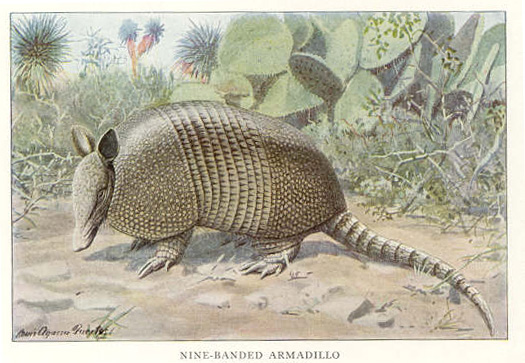In a follow-up to the number of leprosy, or Hansen’s disease cases in Florida in 2017, Florida state health officials have reported five additional confirmed cases since late February, bringing the total to seven.

The additional cases reported since February 26 have been reported from Brevard, Pasco, Polk and Volusia (2) counties, according to official data.
Hansen’s disease, formerly known as leprosy, is caused by the Mycobacterium leprae (M. leprae ) bacteria. The infection has also been identified in nine-banded armadillos. Approximately 95 percent of people are resistant to infection; people who develop clinical illness can experience a wide range of clinical manifestations, but typically develop infections involving the skin, peripheral nerves and nasal mucosa.
Although the mode of transmission of Hansen’s disease is not clearly defined, most investigators believe that M. leprae is usually spread person-to-person in respiratory droplets following extended close contact with an infected person, such as living in the same household. Extended close contact with infected armadillos may also pose exposure risk to M. leprae. For many cases, the exposure causing the infection is unknown because it can take months or years for illness to develop. Typically in Florida, between 2 and 12 cases are reported each year. However, during the past two years (2016 and 2015), Florida reported 18 and 27 confirmed cases, respectively.
Hansen’s Disease, or leprosy, continues to be a rare condition. Health officials advise that people avoid interacting with any wild animals, including armadillos.
Related:
- Leprosy research to look at the role of ticks as vectors of disease
- American Leprosy Missions: An interview with CEO Bill Simmons
- Leprosy: An interview with Dr Richard Truman
- Opioid usage in Florida: Scott directs agencies to hold workshops


3 thoughts on “Florida reports five additional leprosy cases since late February”